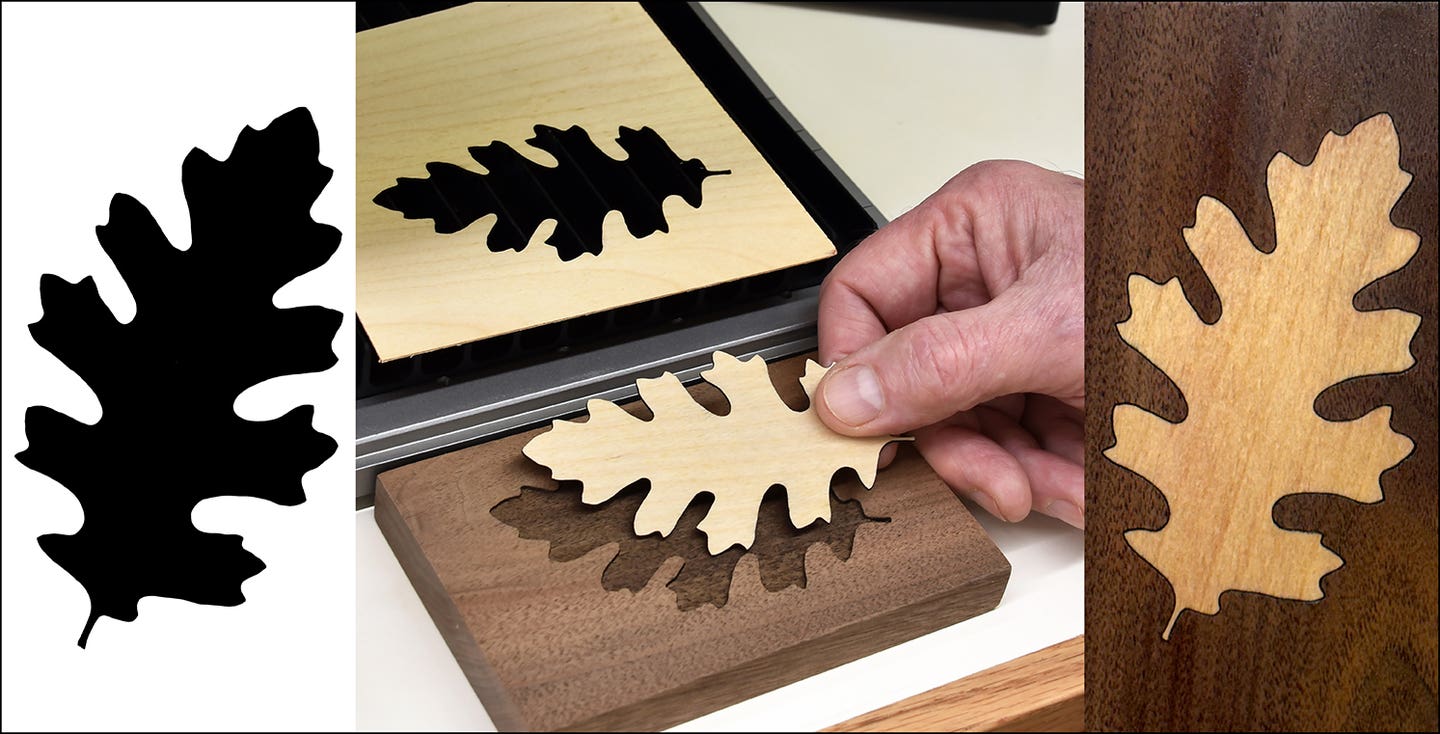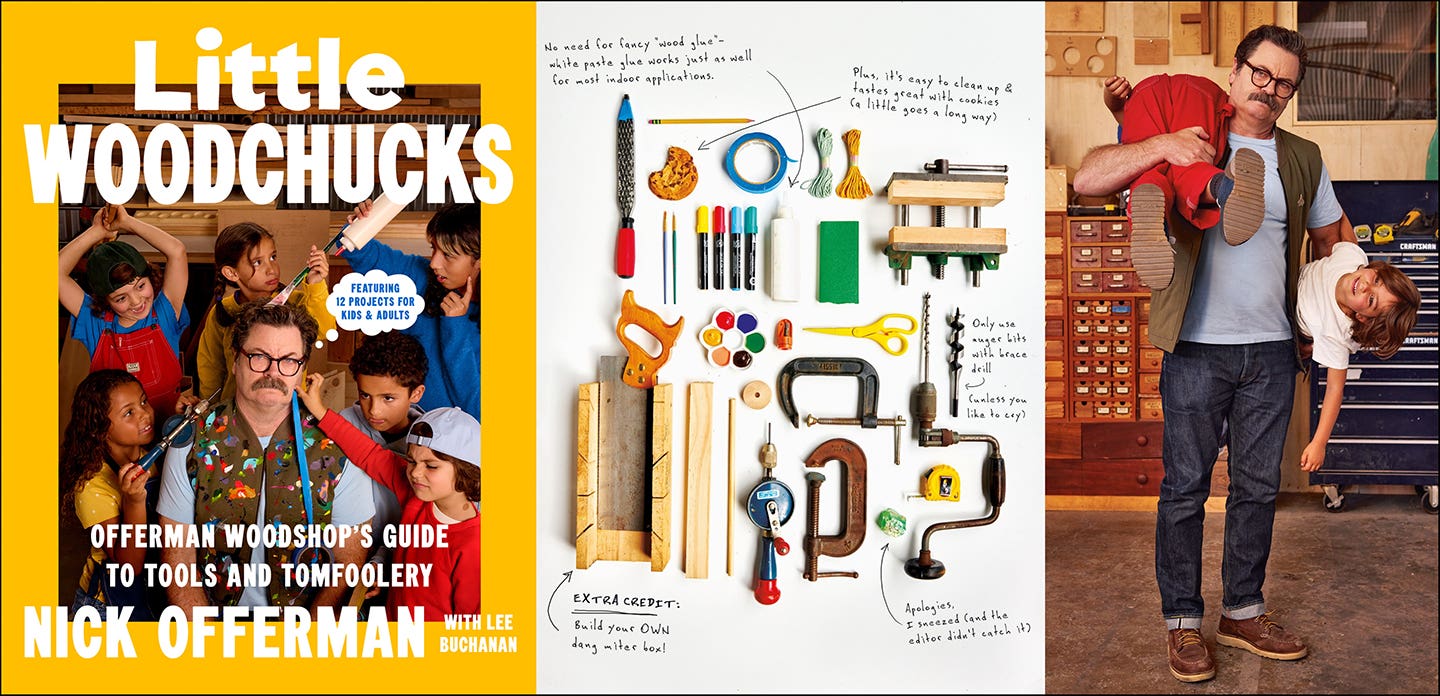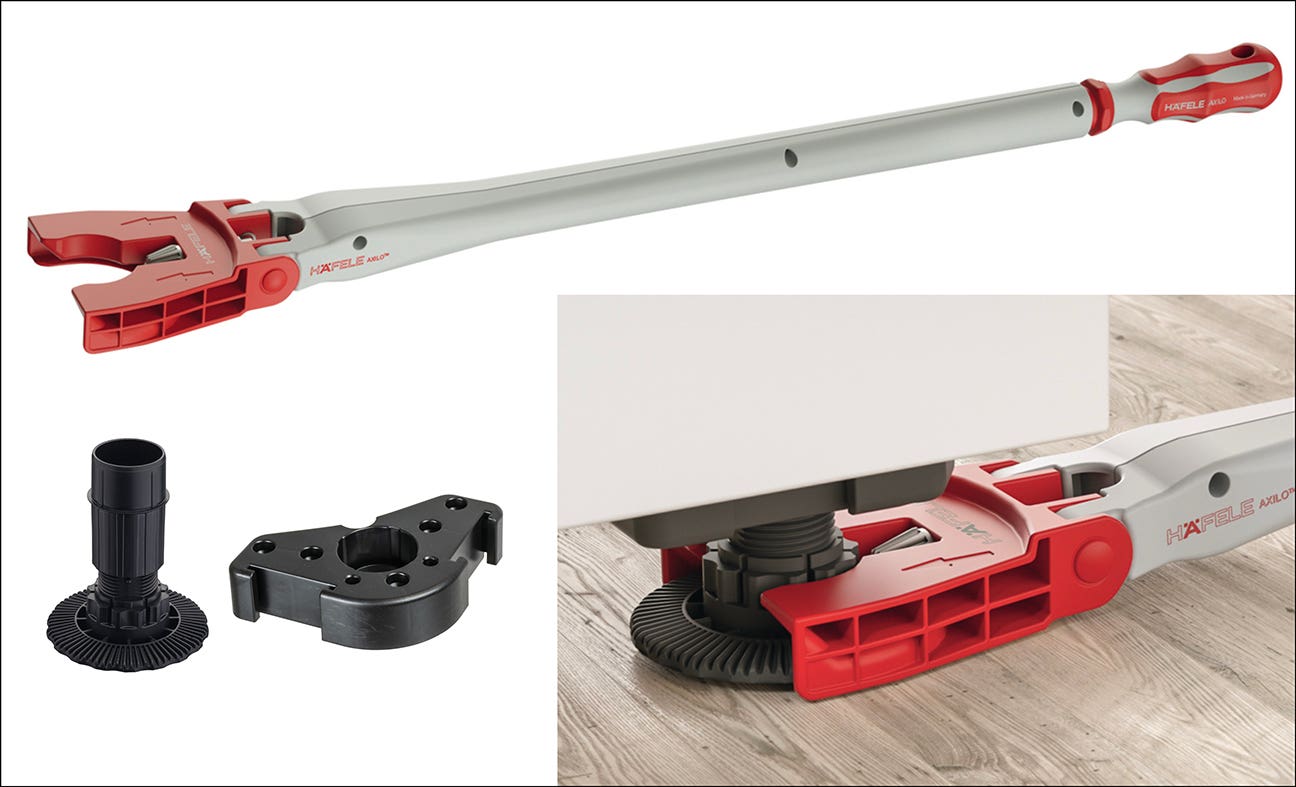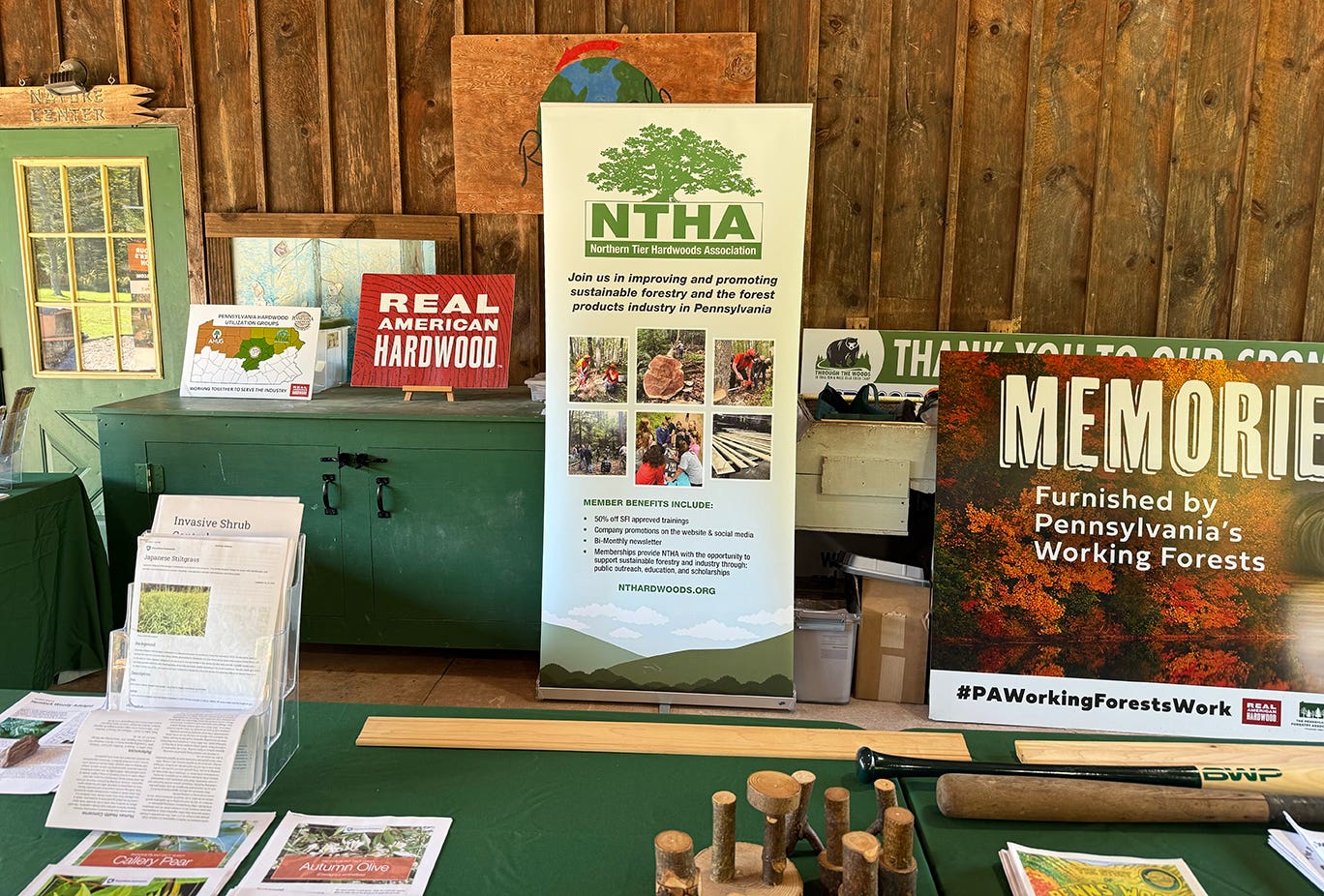I strive to make my work solid, practical and good-looking with smooth surfaces and sturdy joinery. But my latest project is made entirely with butt joints, and I couldnt be…
I strive to make my work solid, practical and good-looking with smooth surfaces and sturdy joinery. But my latest project is made entirely with butt joints, and I couldnt be happier.
In recent blogs Ive discussed my shop makeover, part of which was to collect all my fasteners and hardware heretofore sloppily scattered in numerous places in a variety of containers into a single, efficient space. I designed a parts center utilizing two large plastic drawer cabinets and several dozen small stacking bins, sized so that the cabinets and all the bins are arranged in-line and easily removable. The completed parts center is a shallow wall cabinet with two large sections for the plastic drawer units, and a series of shelves and dividers for the stackable bins.
When complete, I sanded it thoroughly and gave it several coats of poly. Mounted on my shop wall, its very attractive. And I made the whole thing with plain butts joints and screws, and you know what? Theres absolutely nothing wrong with that.
I could have used rabbeted or even dovetailed corners, and dadoed in those shelves, but I didnt see the need. Almost all the visible screws are unseen on the top above eye level, or on the bottom, which you can see only if youre crawling on my (newly painted) shop floor. The only remaining visible screws are on the sides anchoring the three shelves. However, the ones on the left are hidden because the parts cabinet butts up against other cabinetry. The ones on the right are exactly where I planned to mount my fire extinguisher, and are thus not obvious at all.
The point is that I wanted a nice parts cabinet that would become part of the shop décor and infrastructure, but I simply didnt have time to be fancy. And since most of the joinery on the cabinet is located in spots either above or below eye level, nobody would see it anyway. Further, with my design the butt joints are more than strong enough.
Used properly theres nothing wrong with butt joints and, in the right application, nothing at all wrong with visible screws either. The end result looks great on my shop wall, and the time and effort I saved are available for more important work.
Till next time,
A.J.
A.J. Hamler is the former editor of Woodshop News and Woodcraft Magazine. He's currently a freelance woodworking writer/editor, which is another way of stating self-employed. When he's not writing or in the shop, he enjoys science fiction, gourmet cooking and Civil War reenacting, but not at the same time.







